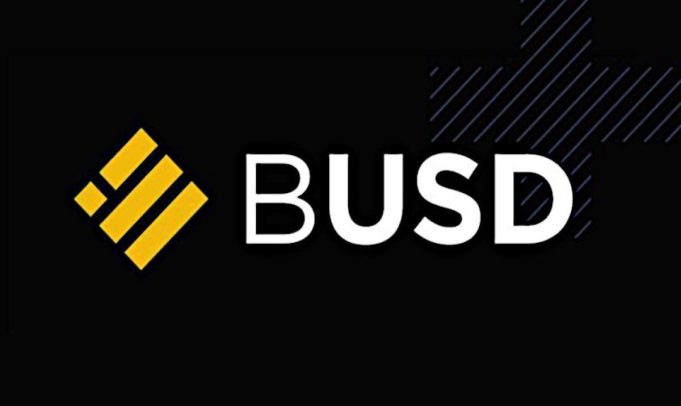Binance, the world’s largest crypto exchange, has admitted to flaws in its system that caused its supply of Binance Smart Chain BUSD—one of the company’s stablecoins, which is purportedly backed one-to-one by the U.S. dollar—to be undercollateralized by at least $1 billion. BUSD on the Ethereum blockchain is fully collateralized by U.S. dollars in a process overseen by New York-based financial technology firm Paxos.
However, BUSD on Binance’s own blockchain, Binance Smart Chain, is not similarly regulated by an external, audited company. Data compiled and analyzed by Jonathan Reiter and Patrick Tan of blockchain analytics firm ChainArgos revealed that the BUSD wallet on Ethereum—meant to contain the BUSD necessary to back all Binance-Peg BUSD—regularly held a lower balance than the amount of Binance-Peg BUSD circulating on Binance Smart Chain.
This caused the BUSD to slip its peg by that massive margin at least three times. Binance has acknowledged the issue and is working to ensure the legitimacy of its BUSD by keeping it fully collateralized with Paxos-regulated BUSD.Binance is a leading crypto exchange that has been attempting to bring trust and stability to the often volatile and uncollateralized crypto market through the use of stablecoins such as BUSD and Binance-Peg BUSD. These stablecoins are designed to link their value to a more stable asset such as the dollar, in order to provide customers with a more reliable form of digital currency.
However, in December, a former SEC regulator raised concerns about Binance’s transparency plan, and an auditing firm dropped Binance and all other crypto clients. Binance has since admitted that there have been delays in gathering appropriate collateral for their stablecoins, and that discrepancies have occurred in the pegging process. They have since improved the process with enhanced discrepancy checks to ensure that it is always 1-1 pegged. The exact cause of the discrepancies is still unclear, and Binance has not responded to requests for comment.













